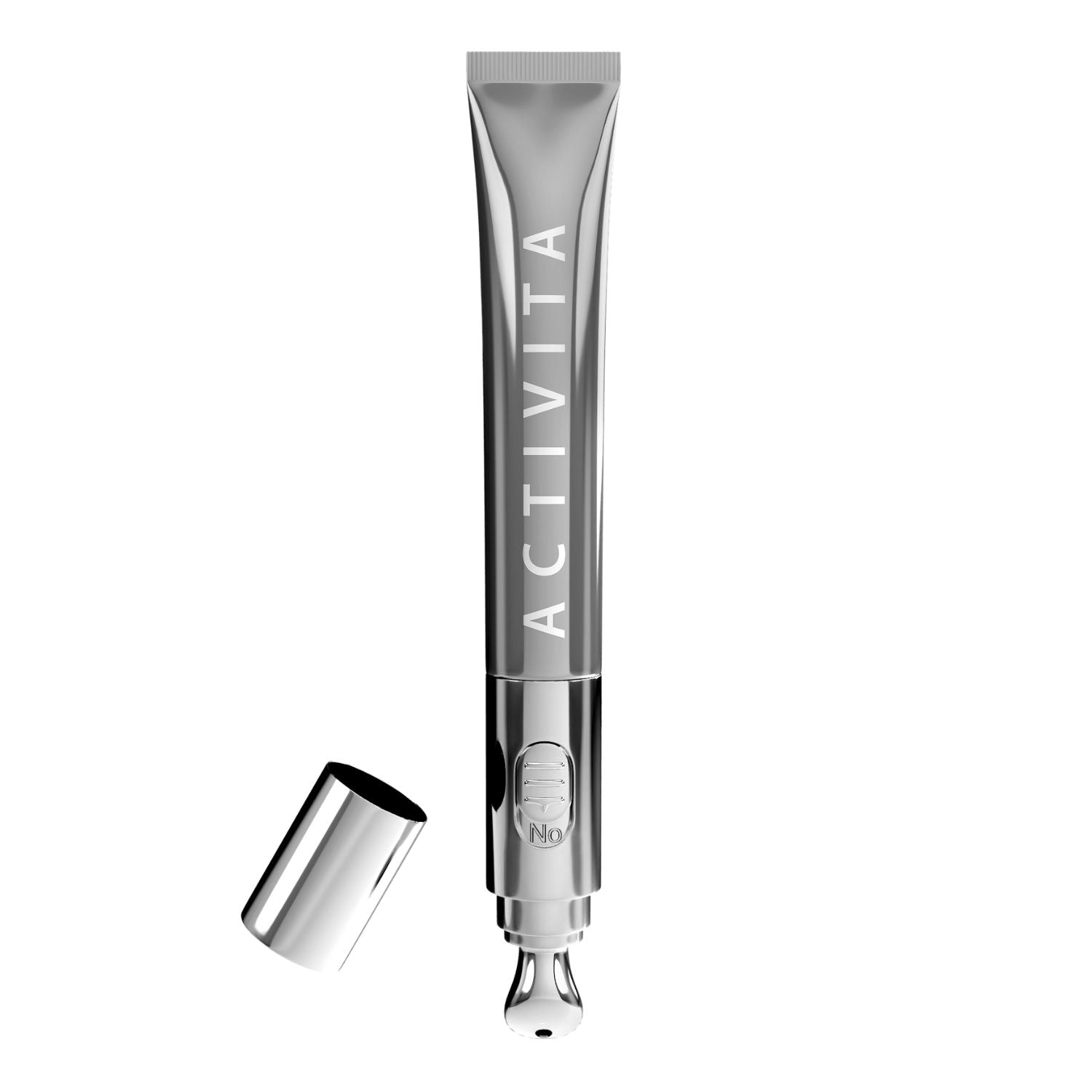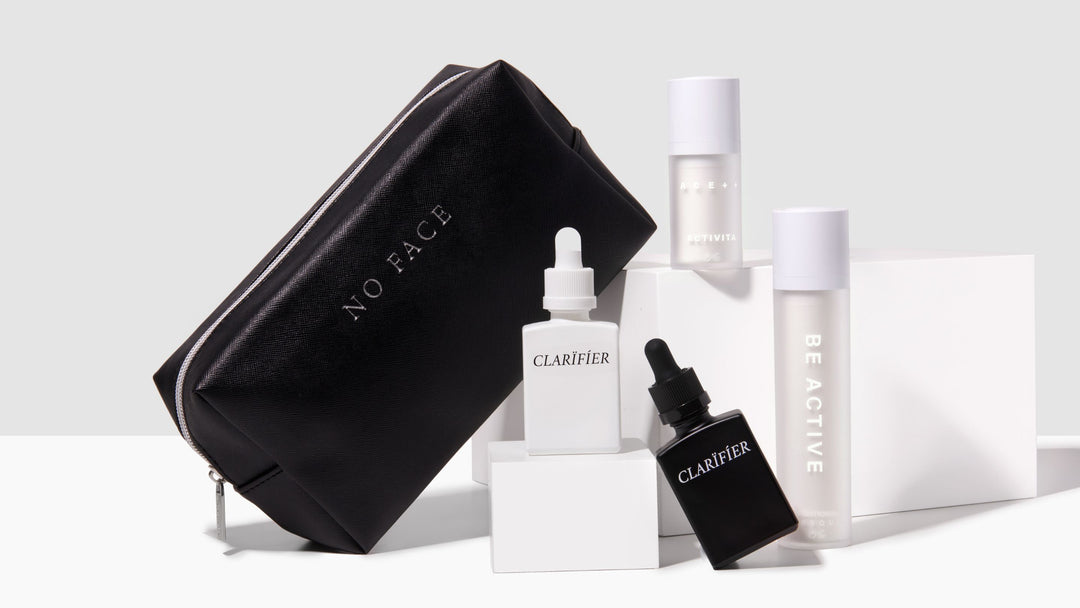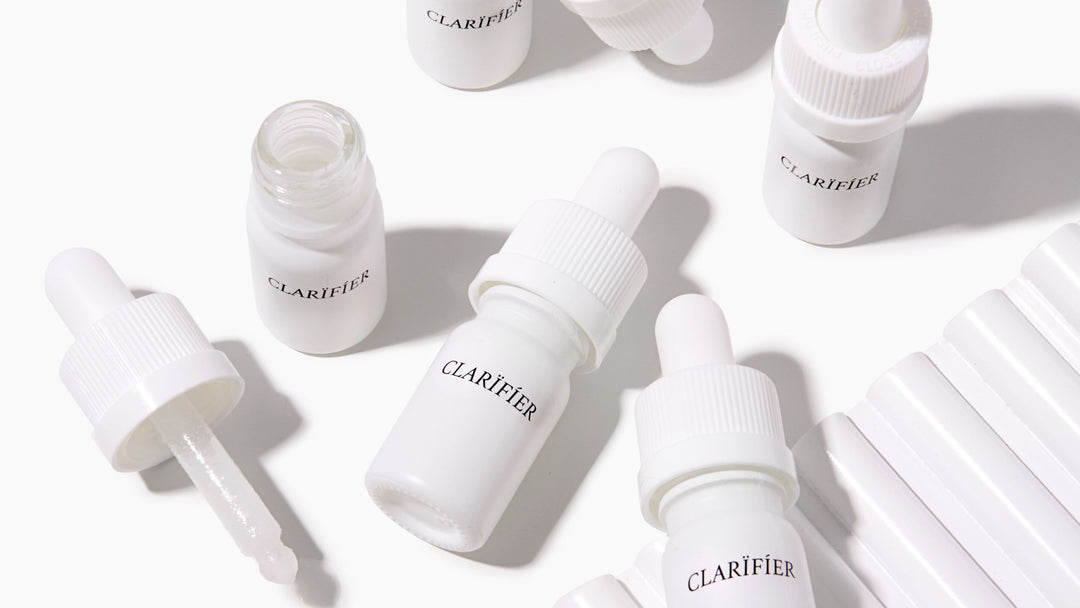How to Reverse Skin Aging Scientifically

At the same age, you can look dramatically different due to Extrinsic Aging. This article will explain to you why, and how you can prevent this.
You may not have realised that many skin issues come from aging. The processes of aging are complicated and involve many aspects of cellular and extracellular changes. Dark spots are also signs of photo-aging, and photo-aging has been raising more awareness as we grow more concerned of skin health.
What is Skin Aging?
Scientifically speaking, skin aging involves intrinsic aging (natural degradation of the dermal cells and surrounding tissues) and extrinsic aging (photo-aging, environmental aging). While intrinsic aging is characterized by a thinned epidermis and fine wrinkles caused by advanced aging, photoaging is characterized by deep wrinkles, skin laxity, telangiectasias (redness). The appearance of lentigines (sun spots) and is mainly caused by chronic sun exposure. The major molecular mechanism governing the skin aging processes has been attributed to the loss of mature collagen and an increased matrix metalloproteinase expression.
Yes, these two apples are the same age.
So in reality, extrinsic aging, mainly photo-aging, would accelerate the aging process and make the same apples from the same harvest and same batch, look dramatically different. (see below)

Crosslink
Many researches have shown that Glycosaminoglycans (GAGs) are skin modulators to signal our skin cells to decrease or proliferate. GAGs are negatively charged polysacchrides, which are't skin collagen, but are structural components in the skin's extracellular matrix, to signal the skin cells to form collagen, hydrate the skin, in order to maintain metabolism and health. GAGs include Hyaluronic Acid, Heparan Sulfate, Chondroitin/Dermatan Sulfate and Keratan Sulfate, and each of these components play an important role in maintaining skin health. As a part of GAGs, Hyaluronic acids form Proteoglycan aggregates, which are large complexes of Hyaluronic acids and their binding Proteoglycans, and the crosslink between those complexes with other matrix proteins in the collagen network result in the formation of the skin's supermolecular structures, and functions to increase skin elasticity. However, as we age intrinsically and the skin loses its ability to crosslink with proteins to form high quality collagen, and as we age extrinsically, signs of deep wrinkles and skin laxity are also caused by the lack of those crosslinking effects.
Myth buster - Daily Sunscreening is Enough
Sunscreen is important in preventing and decreasing photo-damage. However, sunscreens don't repair the skin's matrix that has already been damaged. Without proper skin factors to signal cellular movements, photo-damage would be irreversible. However, science has proven that signs of photo-damage can be reversed through revitalising the skin's natural GAGs production, and therefore increase the skin's natural crosslinking actions over time, to make up for what was lost in the extrinsic aging process.
How to reverse signs of aging through Factor 900 and B9
To improve the skin's crosslinking actions, certain peptides and micro-molecular hyaluronic acids must be delivered into the epidermis and dermis layers of the skin. Don't be fooled by products that are labelled with Collagen, as collagen itself cannot be absorbed by the dermis at all, but peptides can be absorbed and can signal the skin to produce collagen. Phytogen 900 and B9 are developed to supplement the skin's lost GAGs through deep deliveries of polysacchrides, multi-peptides and micro hyaluronic acid, thus to signal the skin to produce GAGs to make up for the lost volume. And this is how Phytogen 900 and B9 can scientifically reverse all signs of intrinsic and extrinsic aging.
For demonstrating purposes, the below images show how volume loss of the skin causes the appearance of skin laxity, fine lines and wrinkles, and the goal of anti-aging effects through daily application of polysacchrides, peptides and micro-hyaluronic acids.

Consult with your skin specialist or contact care@noface.com.au about using Phytogen skin factors to correct aging related cosmetic issues.
Research
J.P. Zeng, B. Bi, L. Chen, P. Yang, Y. Guo, Y.Q. Zhou, et al.Repeated exposure of mouse dermal fibroblasts at a sub-cytotoxic dose of UVB leads to premature senescence: a robust model of cellular photoaging J. Dermatol. Sci., 73 (2014), pp. 49-56
T. Purohit, T. He, Z. Qin, T. Li, G.J. Fisher, Y. Yan, et al.Smad3-dependent regulation of type I collagen in human dermal fibroblasts: impact on human skin connective tissue aging J. Dermatol. Sci. (2016)
W. Xia, T. Quan, C. Hammerberg, J.J. Voorhees, G.J. FisherA mouse model of skin aging: fragmentation of dermal collagen fibrils and reduced fibroblast spreading due to expression of human matrix metalloproteinase-1
J. Dermatol. Sci., 78 (2015), pp. 79-82
M. Walraven, R.H. Beelen, M.M. Ulrich Transforming growth factor-beta (TGF-beta) signaling in healthy human fetal skin: a descriptive study
J. Dermatol. Sci., 78 (2015), pp. 117-124







Visa
amjnkokfdfe
[url=http://www.gq9ye7q2zk85528263h5dl6iy70nzp2vs.org/]umjnkokfdfe[/url]
mjnkokfdfe http://www.gq9ye7q2zk85528263h5dl6iy70nzp2vs.org/
I’d like to be recommended products for aging , dehydrated skin . I want to reduce wrinkles and have a glow to my skin . I need a whole regime with what products to use and when please.
Thank you
Leave a comment